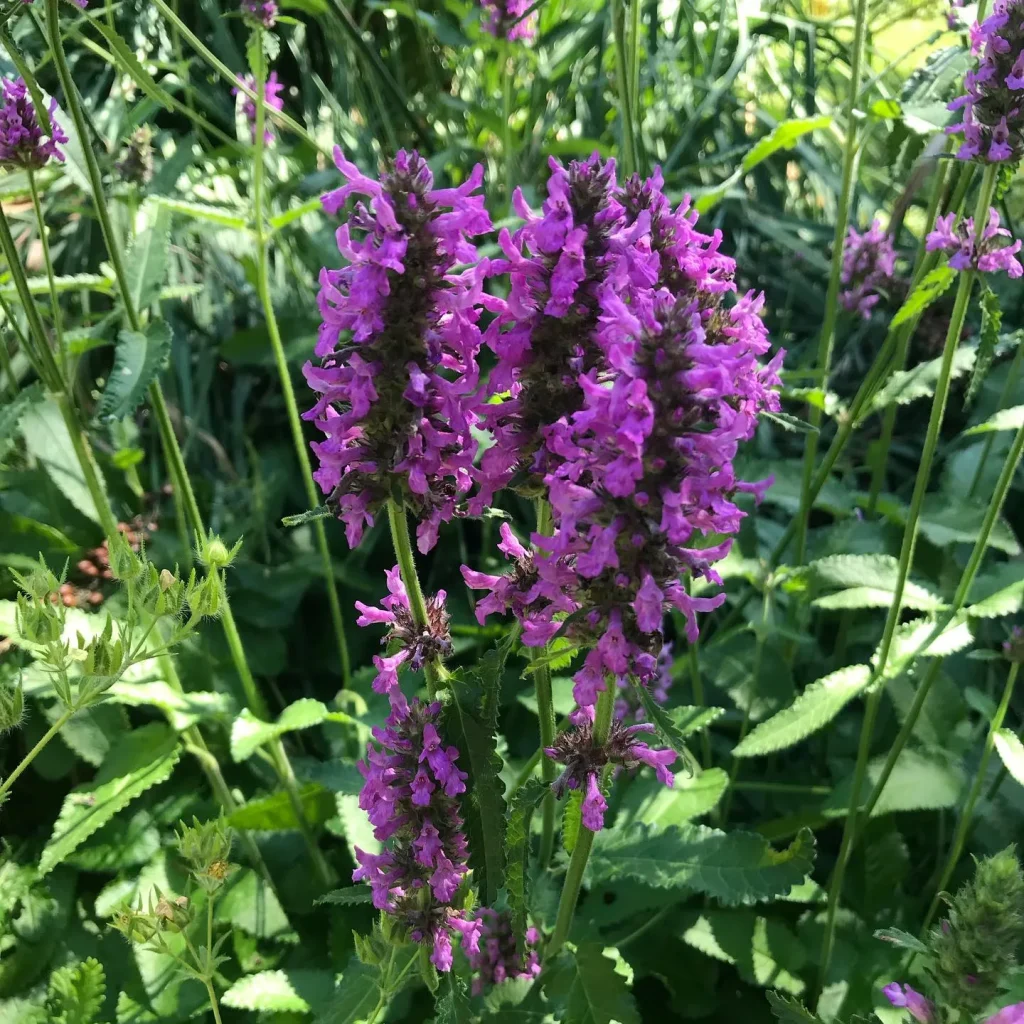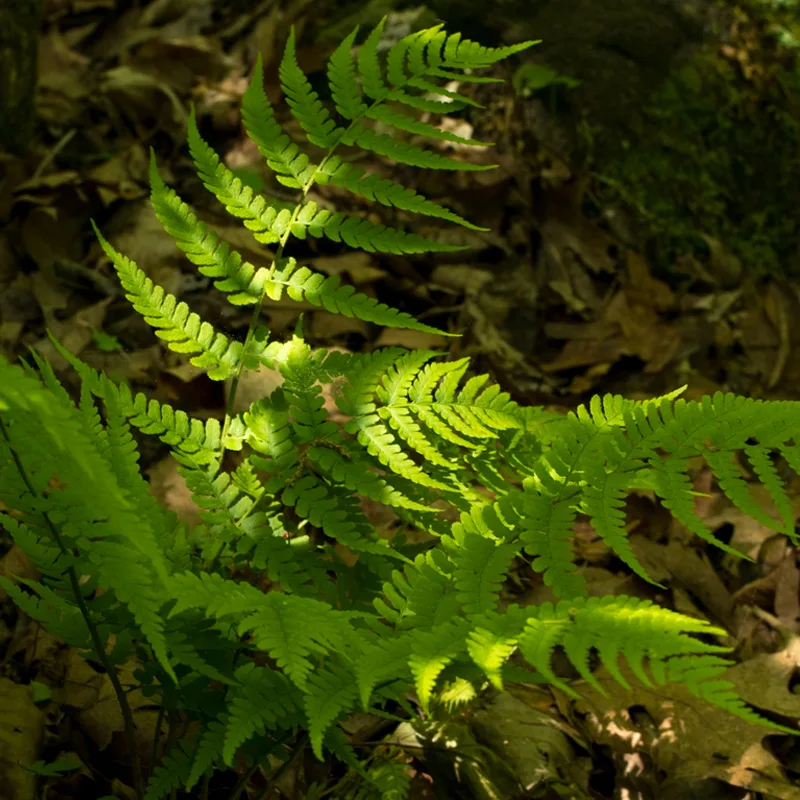
What is a Flaming Katy Plant?
As a plant enthusiast, I’ve had my fair share of interactions with various houseplants, and the Flaming Katy, also known as Kalanchoe Blossfeldiana, stands out as a vibrant favorite. This succulent is native to Madagascar and is renowned for its colorful, long-lasting blooms. The plant is characterized by its fleshy, green leaves and clusters of small, tubular flowers that can range in color from red to orange, yellow, or pink.
184 Species in Genus Kalanchoe
How to Care for Flaming Katy?
Caring for Flaming Katy involves a mix of basic plant care and understanding its unique needs. Here’s a rundown of what I’ve learned about keeping this plant thriving:
- Light: Flaming Katy loves bright, indirect light. While it can tolerate some direct sunlight, too much can scorch its leaves. I find that placing it near a sunny window works best.
- Soil: A well-draining soil is crucial. I use a cactus or succulent mix, which prevents root rot by allowing excess water to drain quickly.
- Watering: This plant prefers to dry out between waterings. I usually water mine when the top inch of soil feels dry. Overwatering is a common mistake and can lead to root rot.
- Temperature: Flaming Katy thrives in temperatures ranging from 60-80°F (15-27°C). It doesn’t handle frost well, so if you’re in a colder climate, keeping it indoors is the way to go.
How to Propagate Flaming Katy?
Propagating Flaming Katy is relatively straightforward, and it’s something I’ve enjoyed experimenting with. Here’s how I do it:
- Leaf Cuttings: I gently twist off a healthy leaf and let it dry for a day or two to form a callus. Then, I place it on the soil surface and keep it lightly moist. Roots typically develop in a few weeks.
- Offsets: Sometimes, the plant produces small offsets or pups. I carefully separate these from the main plant and pot them up in their own containers.
How to Prune Flaming Katy?
Pruning Flaming Katy helps maintain its shape and encourages new growth. I usually prune the plant after it blooms, which is when it’s in a dormant period. I remove any dead or wilted flowers and cut back any overly long stems to encourage a fuller appearance. This helps the plant maintain its compact form and keeps it looking its best.
Is Flaming Katy Toxic to Cats?
One of the questions I’ve often encountered is whether Flaming Katy is toxic to pets. The answer is yes, Flaming Katy is considered toxic to cats. It can cause gastrointestinal issues like vomiting and diarrhea if ingested. If you have cats, it’s wise to keep this plant out of their reach or opt for pet-safe alternatives.
Can Flaming Katy Go Outside?
Flaming Katy can be grown outside, but only in suitable climates. It thrives in warm, sunny environments. If you live in a region with mild winters, you can place it outdoors during the warmer months. However, it’s best to bring it inside before the temperatures drop below 50°F (10°C).
How Big Does a Flaming Katy Get?
In terms of size, Flaming Katy is relatively compact. The plant generally reaches about 12-18 inches (30-45 cm) in height. It can spread to a similar width, making it a perfect fit for smaller spaces or as a table centerpiece.
How Long Do Flaming Katy Plants Live?
Flaming Katy plants can live for several years with proper care. Mine have typically lasted between 2-5 years, depending on the conditions and care they receive. They may become leggy or less vibrant over time, but regular pruning and attention can help extend their lifespan.
How Often to Water Flaming Katy?
Watering is crucial for Flaming Katy’s health. I generally water the plant when the top inch of soil feels dry. This usually translates to watering every 1-2 weeks, but it can vary depending on the season and the plant’s environment. In winter, when growth slows, watering should be reduced.
What to Plant with Flaming Katy?
If you’re looking to create a succulent garden or a mixed planter, Flaming Katy pairs well with other drought-tolerant plants. I’ve had success planting it alongside other succulents like Echeveria or Sedum. These plants have similar care requirements and complement Flaming Katy’s vibrant colors beautifully.
Benefits of Growing Flaming Katy
Growing Flaming Katy offers several benefits. Besides its stunning blooms, it’s relatively low-maintenance and adds a splash of color to any indoor space. Its ability to thrive on minimal water makes it a great choice for those who might forget to water regularly. Additionally, it’s a good air purifier, helping to clean the air of certain toxins.
Common Problems with Flaming Katy
Despite its hardy nature, Flaming Katy isn’t entirely trouble-free. Common issues include:
- Overwatering: This is perhaps the most frequent problem, leading to root rot and leaf drop.
- Pest Infestations: Watch out for pests like mealybugs and aphids, which can affect the plant’s health.
- Leggy Growth: This can occur if the plant isn’t getting enough light. Regular pruning and adjusting its light exposure can help mitigate this.
In summary, Flaming Katy is a delightful and resilient plant that can brighten up any space with its vibrant flowers. By understanding its care requirements and keeping an eye out for potential issues, you can enjoy its beauty for years to come.
If i die, water my plants!



